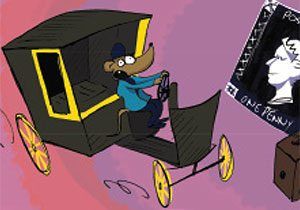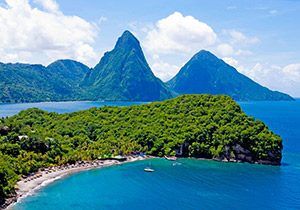
Glaciers Primary Resource: Hintertux Glacier
Join us on an icy adventure to learn about this fascinating, frozen phenomenon…
This primary resource takes pupils on a journey to Hintertux Glacier in the Austrian Alps. Learn all about glaciers as you discover the wonders of this moving mass of ice. How do glaciers form? How many billion litres of water does the Hintertux Glacier contain? How do glaciers move? How fast do they move?
By investigating Hintertux Glacier and its ice formations, this geography primary resource lets children learn about the physical properties of glaciers. The teaching resource can be used as a printed handout for each pupil to review and annotate, or for display on the interactive whiteboard using the images included in the resource for class discussion.
Activity: Ask pupils to create a reading comprehension exercise, or a quiz, based on our glacier primary resources, setting pupils 10-15 questions to answer. Questions could include: “how thick is the ice of Hintertux Glacier at its deepest point?“, “what are fast-moving glaciers known as?“, “what name is given to the dense, grainy ice that forms a glacier?“. You could also use the facts, information and images in our primary resource as the foundation for making a classroom display about Hintertux Glacier, or glaciers as a whole.
N.B. The following information for mapping the resource documents to the school curriculum is specifically tailored to the English National Curriculum and Scottish Curriculum for Excellence. We are currently working to bring specifically tailored curriculum resource links for our other territories; including South Africa, Australia and New Zealand. If you have any queries about our upcoming curriculum resource links, please email: schools@ngkids.co.uk
This Geography primary resource assists with teaching the following Geography objectives from the National Curriculum:
- Pupils should extend their knowledge and understanding beyond the local area to include the United Kingdom and Europe, North and South America. This will include the location and characteristics of a range of the world’s most significant human and physical features.
National Curriculum Key Stage 1 Geography objective:
- Use basic geographical vocabulary to refer to: key physical features, including: beach, cliff, coast, forest, hill, mountain, sea, ocean, river, soil, valley, vegetation, season and weather.
National Curriculum Key Stage 2 Geography objective:
- Pupils should be taught to: describe and understand key aspects of: physical geography, including: climate zones, biomes and vegetation belts, rivers, mountains, volcanoes and earthquakes, and the water cycle.
This Geography primary resource assists with teaching the following Social Studies Third level objective from the Scottish Curriculum for Excellence:
- Having investigated processes which form and shape landscapes, I can explain their impact on selected landscapes in Scotland, Europe and beyond.
Scottish Curriculum for Excellence Fourth level Social Studies objective:
- I can explain how the interaction of physical systems shaped and continue to shape the Earth’s surface by assessing their impact on contrasting landscape types.
Download primary resource
More Like

Mini Histories Comic – Max Visits the Victorians!

15 top William Shakespeare facts!

St Lucia facts!









LEAVE A COMMENT
THANK YOU
Your comment will be checked and approved shortly.
WELL DONE,
YOUR COMMENT
HAS BEEN ADDED!
COMMENTS
CUSTOMIZE YOUR AVATAR